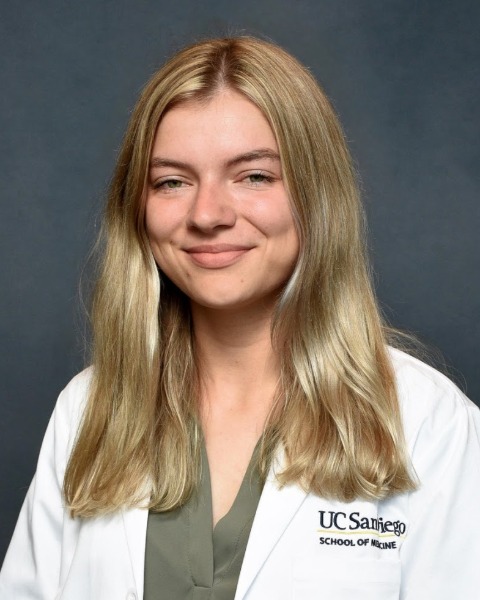SIR 2025
Interventional Oncology
Scientific Session
Ablative Compared to Non-Ablative Locoregional Therapies to Achieve Complete Pathologic Necrosis Prior to Transplant for Hepatocellular Carcinoma: A 13-Year Single-Center Cohort Study

Vasan Jagadeesh
Medical Student
University of California, San Diego School of Medicine, United States
Breanna Collins, BS (she/her/hers)
Medical Student
University of California, San Diego School of Medicine, United States- CK
Cody A. Keller, MD
Resident Physician
University of California, San Diego, United States - JM
Jeet Minocha, MD (he/him/his)
Professor, Division of Interventional Radiology
University of California San Diego, United States - JR
Jonas Redmond, MD, FSIR
Associate Professor of Radiology
UC San Diego Health, United States - GS
Gabriel Schnickel, MD
Faculty hepatobiliary and transplant surgery physician
University of California San Diego, United States - ZB
Zachary Berman, MD
Associate Clinical Professor
University of California, San Diego, United States
Presenting Author(s)
Author/Co-author(s)
For hepatocellular carcinoma (HCC), liver transplantation (LT) offers curative potential. Locoregional therapies (LRTs) are commonly employed as bridging treatments to LT, with the primary goal of achieving complete pathological necrosis (CPN) which is associated with post-transplant outcomes. This study compared the rates of CPN between ablative LRTs (thermal ablation and transarterial radioembolization [TARE]) and non-ablative LRTs (transarterial chemoembolization [TACE]).
Materials and Methods:
A retrospective analysis of 378 lesions from 183 patients who underwent liver transplantation between 2010 and 2023. Pathological findings from explanted liver specimens were reviewed, with complete pathological necrosis (CPN) defined as ≥98% tumor necrosis. Lesions were categorized by treatment modality, either ablative therapies or non-ablative therapy. CPN rates were compared between ablative and non-ablative therapies across various etiologies.
Results:
Among the 183 patients, 56.3% had HCV, 21.3% had alcoholic liver disease, 14.8% had non-alcoholic steatohepatitis, and 7.7% had HBV. The mean patient age was 62 years, and 132 (72%) were male. The median lesion size was 2.2 cm (IQR: 1.60 cm, 3.03 cm). For mono-therapies, TARE alone resulted in a CPN rate of 66.7%, while ablation achieved 50%. In contrast, non-ablative therapy (TACE) showed the lowest CPN rate, with only 31.8% of lesions achieving CPN (p < 0.05). However, the combination therapy of TACE + ablation produced the highest rate of CPN at 68.4%. At the lesion level, ablative therapies (TARE and Ablation) demonstrated significantly higher rates of CPN compared to non-ablative therapy (TACE) (OR = 3.79, P < 0.00001).
Conclusion: Ablative therapies are significantly more effective than non-ablative therapies in achieving complete pathological necrosis in HCC patients awaiting liver transplantation. These findings suggest that ablative LRTs should be prioritized in bridging treatment protocols to maximize the likelihood of achieving CPN. Future studies are needed to further explore the benefit of optimizing LRT selection to improve post-transplant outcomes in HCC patients.


.jpg)